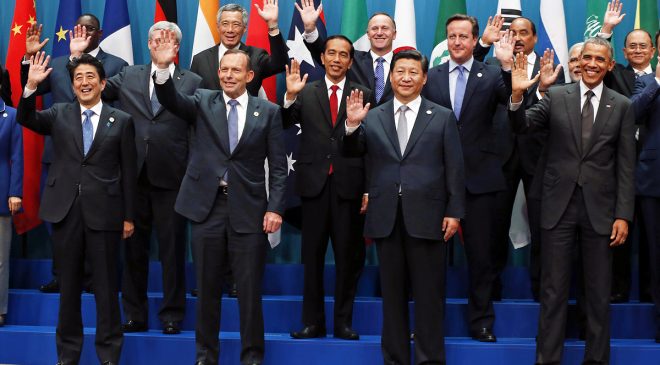In March, efforts to open an innovative public high school in a diverse, urban district just outside of Boston received a devastating blow. Powderhouse Studios was in the works for seven years, with grand hopes of changing public education from a top-down system defined by coercion to a learner-driven model focused on student autonomy and self-determination. The vision for this school was so compelling that it won a $10 million XQ Super School innovation grant and was positioned to lead efforts to inject freedom into a conventional schooling system characterized by force.
The school was set to open this fall in Somerville, Massachusetts, clearing high hurdles along the way, including gaining the crucial support of the teachers’ union. Everything looked ready to go. Then, in a startling turn of events, the local school committee voted unanimously in March not to approve the school’s launch.
Boston’s local NPR station ran a story about the Powderhouse debacle. While the school committee members said they appreciated the high school’s novel approach, which would focus primarily on project-based learning tied to student interests, they decided they couldn’t approve a school that would only serve 160 high school-age students when there are 5,000 students in the district who wouldn’t be able to take advantage of the program. According to the NPR reporter:
The biggest concerns for committee members center around equity and resources.
It wouldn’t be fair, school committee members concluded, to allow some young people to attend Powderhouse if not everyone could attend. As the school committee chairperson told NPR:
I can’t look at Powderhouse in isolation… I have a responsibility to the 5,000 students currently in our system. If we approve the school, some of them will go there, but what does it mean for everybody?
In the all-out quest for educational equity, innovation is systematically stifled. If not everyone can have something, then no one can.
An All or Nothing Approach
Just imagine if Motorola had the same perspective regarding its invention of the first cell phone. Imagine if company leaders (or politicians!) said: “We can’t manufacture these mobile phones because not everyone will have access to them and therefore no one should.” Fortunately, manufacturers didn’t pay attention to equity, and as a result, over five billion people around the world now have a cell phone. Five. billion. people.
At first, cell phones were incredibly expensive and only a few people could own them, but thanks to the power of innovation and the timeless laws of supply and demand, the costs of cell phones dropped dramatically—even as their features became more state-of-the-art. This is how innovation works in the marketplace—when it is not halted by government central planners who think they know what is best and most “equitable.”
I wrote about Powderhouse in Unschooled, before the March vote, and even then I was pessimistically hopeful. The school sounded like an ideal incubator of educational innovation, where teenagers would be responsible for designing, managing, and executing in-depth, multiyear projects leading to mastery in various subjects in a more authentic, hands-on way. There would be no assigned classes, no grades, no age-segregation, and no testing. Teachers would act as mentors and guides. The space would look more like a research lab than a school, and project mastery would ultimately be mapped back to district-wide core competency expectations.
Self-Directed Education
Dreamed up by Alec Resnick, an MIT graduate inspired by social reformers like John Holt (a teacher who coined the term “unschooling” in 1977) and Ivan Illich, who wrote Deschooling Society in 1970, Powderhouse had a bold vision to move self-directed education into the public sector. Resnick was also very concerned about equity and access, ensuring that students would be selected into the school by lottery and that the population would be reflective of the demographic diversity of the larger district. The new school could be a beacon for change. But then the March vote came.
This outcome shouldn’t surprise us. The historical track record for innovative public schools like this one is dismal. They will sometimes succeed in launching with much fanfare and excitement and then eventually get reabsorbed into the larger district, ultimately becoming virtually indistinguishable from other conventional schools. True educational innovation must occur outside of the public schooling system.Since its 19th-century inception, the compulsory mass schooling system has shown itself to be remarkably resistant to change. The future of Powderhouse is unclear, but the past is often prologue.
The Powderhouse story is just the latest example of why I believe that true educational innovation must occur outside of the public schooling system. Like they did with cell phones, entrepreneurs will be the ones to create meaningful and lasting change with the potential to reach more people—with lower costs and better results. Entrepreneurs can catalyze far greater educational equity than well-intentioned central planners ever could. That is, if they are not halted by elected officials and government bureaucrats who think they are the guardians of us all.




